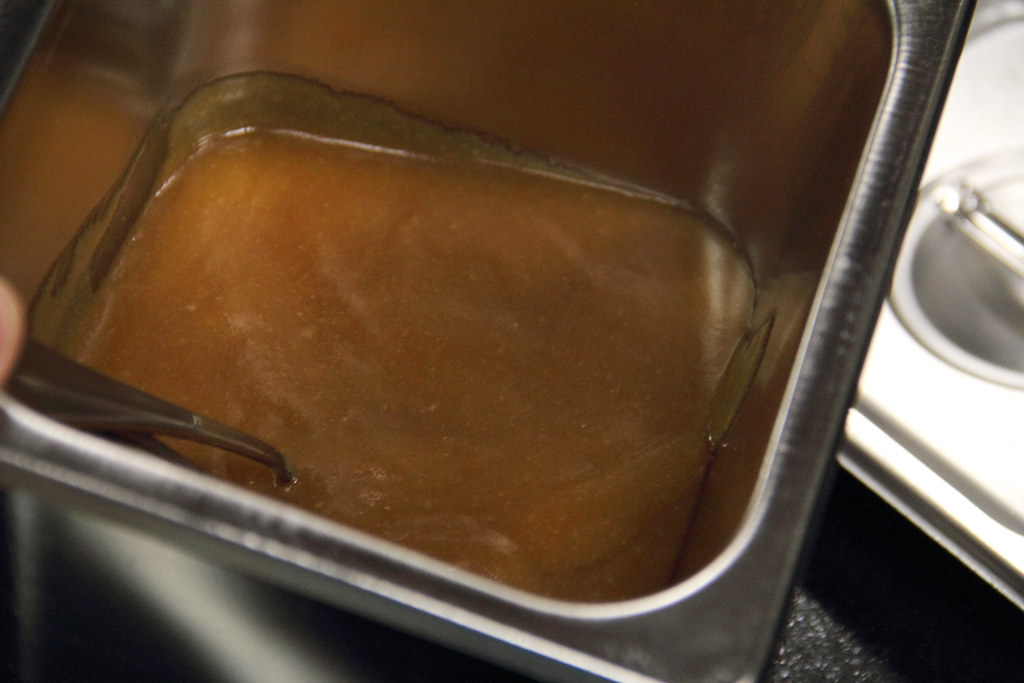The best food to have during a cold rainy day is a bowl of congee that is both comforting and keeps the body warm. I am glad that there is a popular congee place near my home in Hougang. Located at the corner of block 685, Sin Heng Kee Porridge occupies the floor area of a coffee shop selling only porridge and drink. They must be selling a lot of congee to be able to pay the rental for such a huge premises.
Signature Porridge 4/5
Sin Heng Kee Porridge serves the Cantonese style porridge which is the gooey type. I tried the Signature Porridge which was flavourful and smooth. You know sometime the congee is served bland and you need to add in your own seasoning. I did not need to do so at Sin Heng Kee Porridge. I only wish that the youtiao is served crispy. A look at the picture you will know this is not the best youtiao to go with the congee.
Claypot Frog Leg Porridge 4/5
Not only does Sin Heng Kee Porridge sells the Cantonese style porridge, it also offers Claypot Frog Leg Porridge in the menu. I did not realise this is on the menu until the recent visit. I tried the ginger and scallions frog leg porridge which was light, smooth and comforting. I also like the fact that the frog leg came in big chunks allowing me to enjoy the sweet and tender meat.
Raw Fish 2.5/5
I love having Raw Fish but quite disappointed to say the one served at Sin Heng Kee Porridge was not up to expectation. The bad knife skill spoilt the texture of the sashimi. It has a rough texture that needed to work my teeth harder to break it down.
If I am to visit Sin Heng Kee Porridge again, I would skip the raw fish and go for the congee only. I did notice a lot of people ordering the sliced abalone instead of the raw fish during my visit. May I will try the sliced abalone in my next trip here.
Sin Heng Kee Porridge
Blk 685 Hougang Street 61
#01-150
Singapore 530685
Nearest MRT: Hougang (NE Line)
Opening Hours:
Daily: 7am - 930pm
Direction:
1) Alight at Hougang MRT station. Take Exit A. Walk to bus stop along Hougang Central (Stop ID 64541). Take bus number 72. Alight 4 stops later. Walk to junction of Hougang Ave 4 and Hougang Street 61. Cross the road onto Hougang Street 61. Walk to destination. Journey time about 15 minutes. [Map]
2) Alight at Hougang MRT station. Take Exit A. Walk to Hougang Central Bus Interchange (Stop ID 64009). Take bus number 116. Alight 4 stops later. Walk to junction of Hougang Ave 4 and Hougang Street 61. Cross the road onto Hougang Street 61. Walk to destination. Journey time about 15 minutes. [Map]

